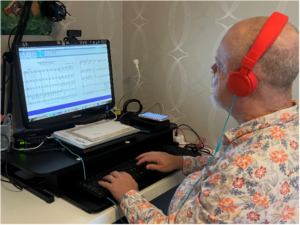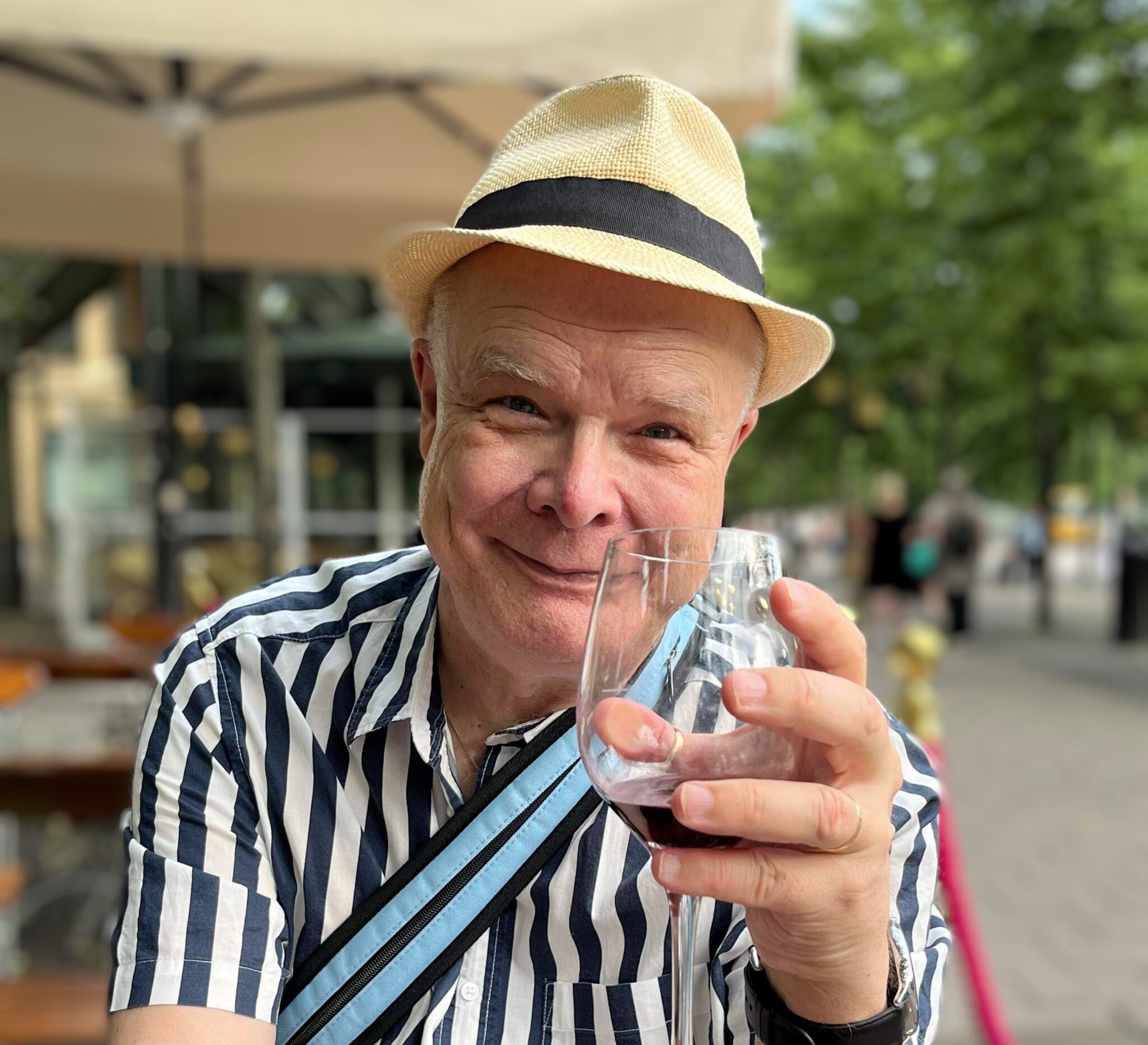An interview with Composer Anders Sporring on DBS & Advocacy on October 4, 2023 by George Ackerman, Ph.D, J.D.

Please tell me a little about your background.
I’m a composer and writer from Sweden. I was diagnosed with Parkinson’s in 2017, had an DBS surgery in 2019. I have a long CV with everything from having a sheep-farm to working with branding and social media. But I’m also an electronics technician and a former Viola and Violin player.
Can you tell me more about your advocacy?
I started posting on social media about Parkinson the moment I got the diagnosis, and the past 1,5 years I have made various essays, and medium articles referring to my struggles with the disease.
What is your passion and how did you get involved in Parkinson’s awareness and hope for a cure?
I believe strongly in our engagement in both research and advocacy for more research. I’m also involved in two Parkinson groups on Facebook (Swedish) where I sometimes answer questions and participate in discussions. I have also spoken in many Twitter-spaces about Parkinson.
What type of goals do individuals with Parkinson’s have when seeing your advocacy?
I have answered to some questions on Twitter, but mostly in the Swedish groups on Facebook. Most of the questions I answer to is about the DBS surgery.
What type of training and how long are the programs?
I have done neuro rehab twice at the amazing Neuro rehab unit at Stora Sköndal in Stockholm. The program is three hours x 2 a week for 8 weeks. The training is both physical and mental, you also work with a vocal coach to help you with swallowing and using your voice.
What effect can your advocacy have on an individual with Parkinson’s?
I think of me as mostly a positive force that can show people to not give up when given their diagnosis. I have for instance changed my life completely by starting to write.
________________________________________________
More on DBS
Deep brain stimulation (DBS) involves implanting electrodes within areas of the brain. The electrodes produce electrical impulses that affect brain activity to treat certain medical conditions. The electrical impulses also can affect cells and chemicals within the brain that cause medical conditions (Mayo Clinic, 2023).
The amount of stimulation in deep brain stimulation is controlled by a pacemaker-like device placed under the skin in the upper chest. A wire that travels under the skin connects this device to the electrodes in the brain (Mayo Clinic, 2023).
According to the Mayo Clinic (2023) deep brain stimulation is commonly used to treat a number of conditions, such as:
Parkinson’s disease.
Essential tremor.
Conditions that cause dystonia, such as Meige syndrome.
Epilepsy.
Tourette syndrome.
Obsessive-compulsive disorder.
According to the Mayo Clinic (2023) deep brain stimulation also is being studied as a potential treatment for:
Chorea, such as Huntington’s disease.
Chronic pain.
Cluster headache.
Dementia.
Depression.
Addiction.
Obesity.
Reference
Mayo Clinic (2023). Deep bran stimulation. Retrieved from https://www.mayoclinic.org/tests-procedures/deep-brain-stimulation/about/pac-20384562
Photo credit
NGPX (2023). Here’s How Mayo Clinic is Transforming Patient Care with Mobile Health. Retrieved from https://patientexperience.wbresearch.com/blog/mayo-clinic-is-transforming-patient-care-with-mobile-health

